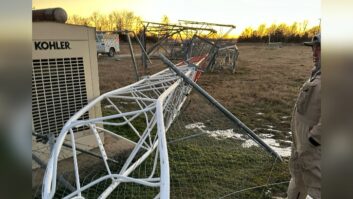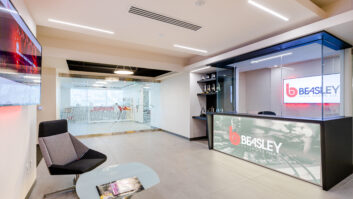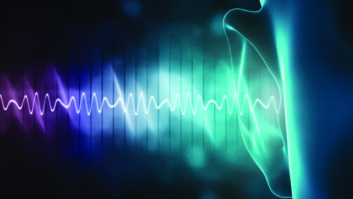
Roger Sarow As HD Radio goes, NPR affiliate WFAE(FM) in Charlotte, N.C., is a veteran.
“We went on air with a BE HD Radio transmitter in 2005, and immediately began multicasting on FM,” said President and GM Roger Sarow. “We were the first U.S. station to do multiple HD secondary channels (HD2, HD3), and we’ve been doing it ever since.”
Today, WFAE continues to operate three HD radio channels. WFAE HD1 is a simulcast of its FM signal. HD2 “JazzWorks” is all-jazz, all the time. HD3 Xponential Radio mixes blues, rock, world, folk and alternative country. Operating in MP3 mode, WFAE’s HD-R channels operate at 48, 34 and 24 kbps respectively and include a traffic info data channel provided to the station as a participant in the Broadcasters Traffic Consortium.
What has public response been to WFAE’s pioneering HD Radio broadcasts? Without ratings information, it’s hard to tell. “I listen to WFAE HD2 at home on my Radiosophy HD radio,” Sarow quipped. “I’m probably 25 percent of its listener base.”
The station’s assessment of its HD Radio audience is deduced from listener e-mails and the occasional phone call. Judging by Sarow’s reply, response has been small, implying that not many people are listening to WFAE’s multicast channels.
Public confusion over the concept of digital radio is a big part of the problem, Sarow believes. “People really don’t know the difference between satellite radio and HD Radio; they are quite baffled,” he told Radio World. “Add the fact that satellite radio has gotten the lion’s share of advertising and receiver availability, and it’s not surprising that the public really doesn’t know about us. Maybe if Sirius XM doesn’t make it past their next debt refinancing, this will change.”
Sarow also points to the lack of HD Radio receivers — both in stores and as options in cars — as depressing potential listenership to HD Radio stations. “Go into most electronics stores and ask for an HD Radio, and chances are they’ll either show you an XM receiver or a clock radio with a digital faceplate,” he said. “As for cars: Well, with the auto industry in the shape it’s in, I’m not optimistic about HD Radios ramping up as options anytime soon.”
Collectively, these factors seem not to bode well for WFAE’s HD Radio efforts. So does Sarow think the station’s earlier heralding of the format as “revolutionizing radio” was wrong? Not at all.
“I see what’s happening with HD Radio right now as akin to the slow development of FM in the 1950s and 1960s,” He said. “People who are old enough to remember will recall that, in its infancy, FM was just as ignored as HD Radio is today. As well, despite the fact that it clearly offered more than AM, broadcasters treated FM as a poor cousin when it came to programming and advertising. Only when AM/FM radios became universal did things start to change — and even then, it wasn’t until rock moved onto FM in a big way that the format took off.”
The station is willing to wait for HD Radio to come into its own — including being included as a standard feature on all consumer radios — even if this takes years. “We’re here for the long haul. That’s why we are staking our claim to this spectrum now, to be in place when people make the move to HD Radio. Our only problem now is to provide the best programming we can on HD Radio at the lowest cost, so we can afford to wait for this to happen.”
— James Careless












